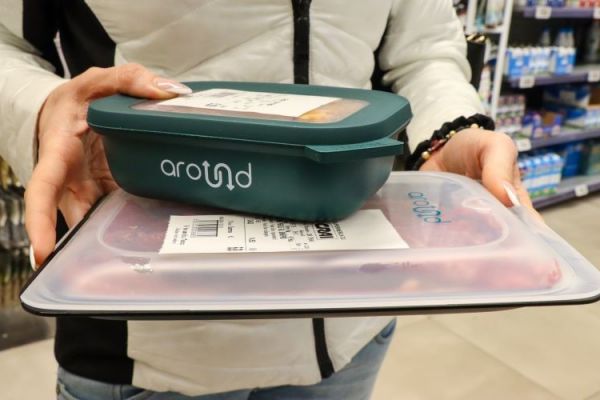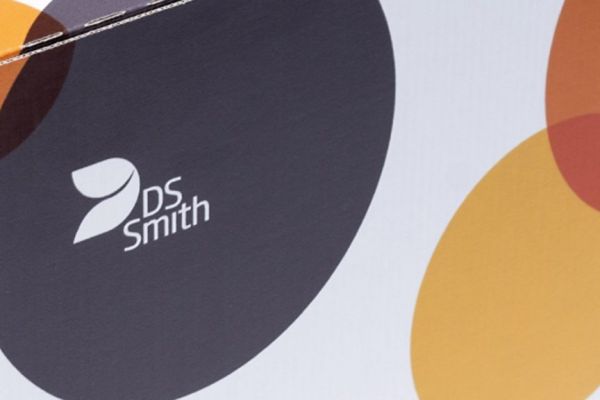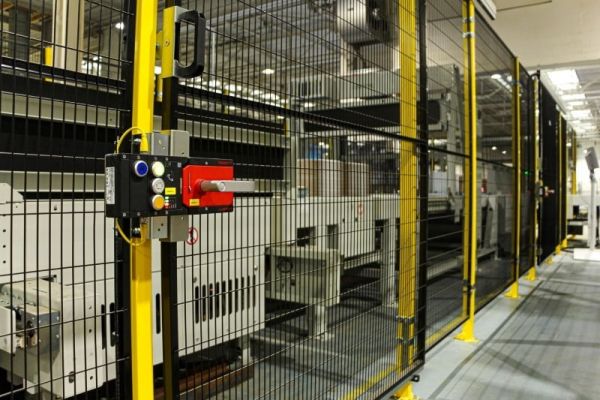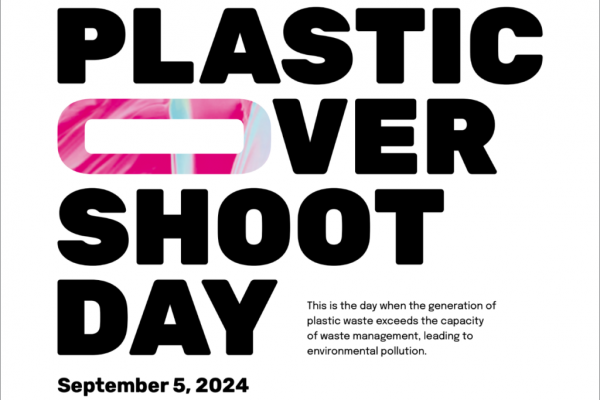Procter & Gamble (PG), which hasn’t done a whole lot on the innovation front since the Swiffer in 1999, has a new Gillette razor in the works.
The Wall Street Journal got its hands on some secret documents that show a relatively standard face trimmer mounted on an orange ball bearing. Dubbed the ProGlide FlexBall, the unit will sell for between $11.50 and $12.60 when it hits shelves in June, according to the Journal.
The company is touting “optimized stiffness” and just the right amount of “damping,” plus 23% more skin contact, specs that suggest the sophistication of a sports car.
But here’s the true innovation: Gillette’s new razor will use P&G’s current blades, a total departure from the notorious razors-and-blades model that has characterized the segment since Civil War beards went out of style the first time. The razor has typically been just a cheap vehicle to sell expensive blades, locking customers into a proprietary platform. Every few years, the consumer-goods honchos gather around a boardroom and say, ‘OK, it’s time to add another blade”; the comedians at places like the Onion poke fun; and people rush out and buy the thing en masse.
But that brilliantly simple business model may finally have worn thin, thanks to e-commerce startups such as Dollar Shave Club and Harry’s. With a heavy dose of humor, some cheap Asian suppliers, and sharp customer service, these companies started convincing consumers that razors were a commodity, not high science. In October, Dollar Shave Club had 330,000 members and gathered another $12 million in venture capital.
Meanwhile, Gillette’s revenue from its grooming segment—mostly razors and blades—dropped in its last fiscal year for the first time in five years.
Which is exactly why Gillette’s new ball-bearing device is so fascinating. Its launch suggests those cheap blade subscription services have been trimming the brand’s business. Gillette has even cobbled together a razor-blade subscription service of its own via retail channels such as Amazon.com and Drugstore.com.
Assuming its brand power is threatened on blades, P&G made an astute shift to focus on the actual razor and designed something that can’t easily be knocked off, particularly if Gillette’s patent attorneys were involved in its development.
The one thing that P&G hasn’t changed is its marketing strategy. It isn’t bootstrapping a viral campaign with a small chunk of venture capital. It simply set aside $200 million to make a splash—another thing scrappy startups can’t do.
Bloomberg














